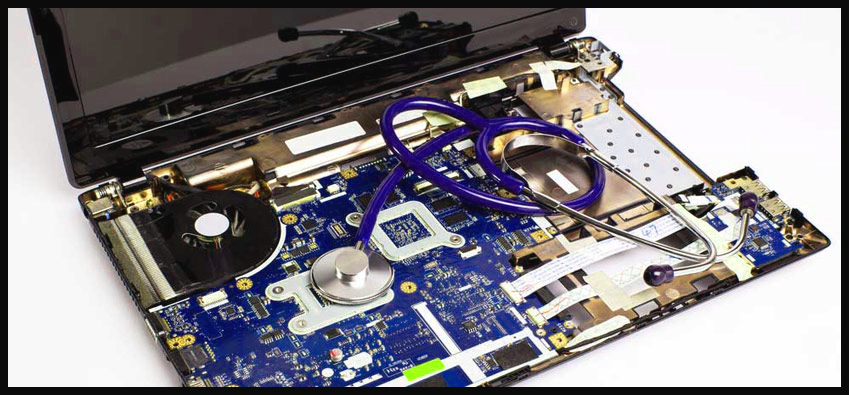Various people find themselves looking at weak, cracked, fuzzy or just plain difficult to read screens as laptop screen repair is difficult. Wrecked screens are a common problem with laptops because they are handy, droppable, and sometimes get forceful handling.
- Unplug your laptop, and heave the battery out. This step is vital so that you don’t harm any of the electrical machinery.
- Locate the rubber buffers around the artificial casing neighbouring the screen. Under each of these there will be bolts that we will unite in the next step.
- Take away all the bolts under the rubber buffers. Save these in your synthetic container. You may also need to take away the bolt for the axis depending on the model of computer you have.
- Softly heave the synthetic bezel away from the back housing. Be serene, and persistent with this step.
- There will be extra bolts joining the display to an inside casing. Loosen these bolts, and eliminate them.
- On the back side of the display you’ll find the part information. You’ll need this exact part numeral to order a new display from a vendor.
- Order parts from a trustworthy vendor. Make sure the vendor sends you an accurate match, or attuned part for your computer.
- Plug your new screen into the laptop using the wire connector. Plug in the computer, and turn it on. The new display should turn on. If the display works, then unplug the computer.
- Overturn the steps, and put the computer back jointly.
- Use the Elmer’s paste to re-seat the buffers.
Hope these simple 10 steps will help you in your laptop screen repair next time you try to do so.









